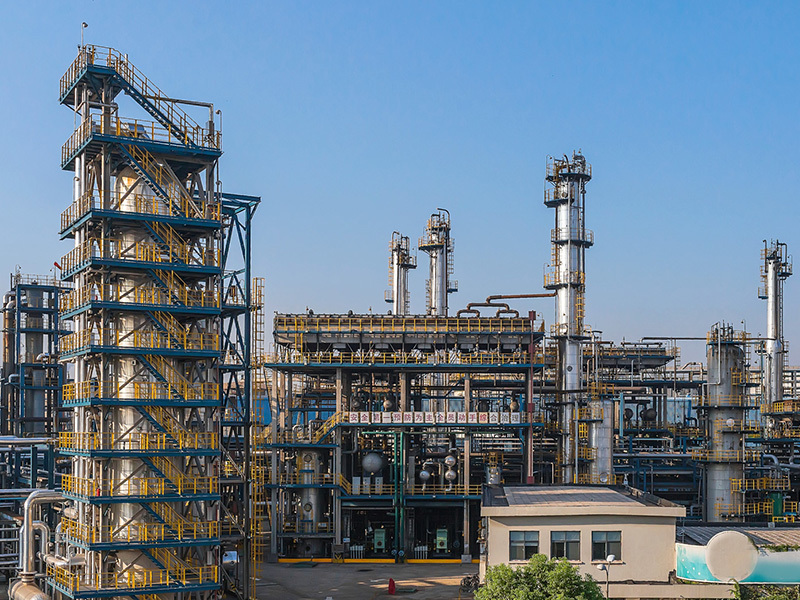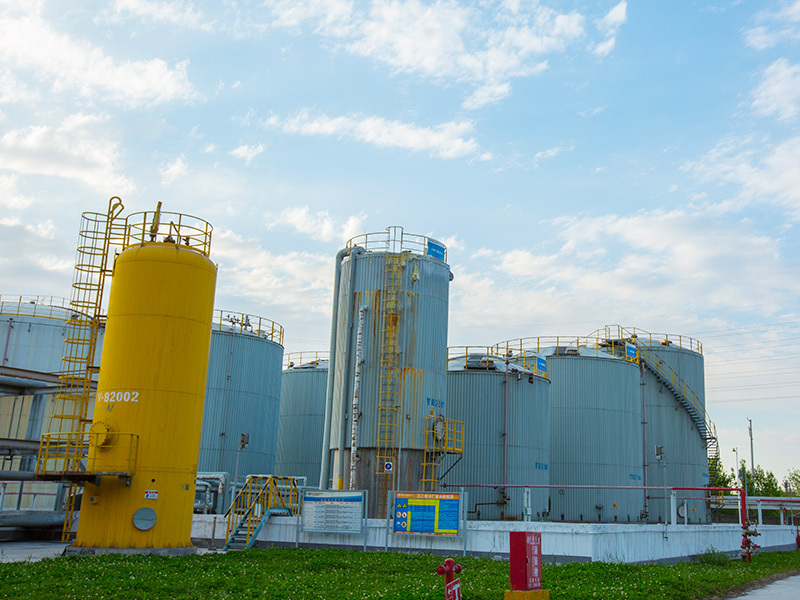What's the difference between high-pressure tees and alloy tees?
High-pressure tees and alloy tees—as their names suggest—are tees used in equipment or pipelines operating under higher pressure, designed to split flows.
High-pressure tees and alloy tees—as their names suggest—are designed for use in equipment or pipelines operating under higher pressure, enabling fluid distribution. A tee is a type of pipe fitting with three openings: one inlet and two outlets, or vice versa—two inlets and one outlet. These fittings come in T-shaped and Y-shaped variations, with both equal-diameter and reducing-diameter configurations available. There are equal-diameter tees as well as reducing tees, used at the junctions where three pipes of the same or different sizes converge. On the other hand, an alloy tee refers to a tee made from alloy materials, which may limit its application depending on the specific alloy used. However, high-pressure tees are different—they can be crafted from a wide range of materials suitable for various piping systems. Our factory offers carbon steel tees, stainless steel tees, alloy steel tees, seamless tees, butt-weld tees, straight-seam tees, high-pressure tees, as well as tees compliant with American, Japanese, German, European, and Russian standards. Additionally, we provide custom-made tees tailored to meet our customers' exact specifications.
Keywords:
Next
Next:
Related Blog
Introduction to Anti-Corrosion Steel Pipes
A 180° elbow is a metal pipe fitting used to change the direction of piping in carbon steel pipelines.
What are angled tees and angled crosses?
Both types of fittings optimize fluid dynamics performance and installation flexibility through angular design, making them an efficient alternative to traditional straight tees and crosses in modern piping systems.
Avoiding splicing at the r-point of the dish-shaped tube cap can prevent thinning and high stress.
Stainless Steel Grades: 304, 304L, 316, 316L, 321, 2520, 310, 317, and more. Nominal Diameters: DN15 to DN1200 Wall Thicknesses: SCH5 to SCH160 Standards: ASME, DIN, JIS, BS, GB/T, JB, SH, HG—specifically including: GB/T 12459-2017, GB/T 13401-2017, ASME B16.9, SH3408, SH3409, HG/T 21635, DL/T 695, SY/T 0510, DIN 2617. Applications: Water, beverages, beer, food processing, petrochemicals, nuclear power, machinery, medical equipment, fertilizers, shipbuilding, waterproofing systems, piping, and more. Packaging: Wooden crates or cardboard boxes. When applying dish-end caps, avoid splicing at the radius area, as this can lead to material thinning and high stress concentrations. During splicing, weld seams must be oriented either radially or circumferentially—this requirement may eventually be relaxed for larger-cap diameter applications. Additionally, there are specific spacing guidelines for splices: they should be positioned at least 3δ away from each other, with a minimum distance of 100 mm. (The weld heat-affected zone is inherently a region of high stress, and chemical composition loss occurs within this area. Therefore, it’s crucial to steer clear of these high-stress zones, as their extent depends on the material thickness. Based on practical experience, the recommended stress-relief length is greater than 3δ but no less than 100 mm.) However, this requirement is particularly challenging to meet in refrigeration equipment due to their unique design characteristics.








